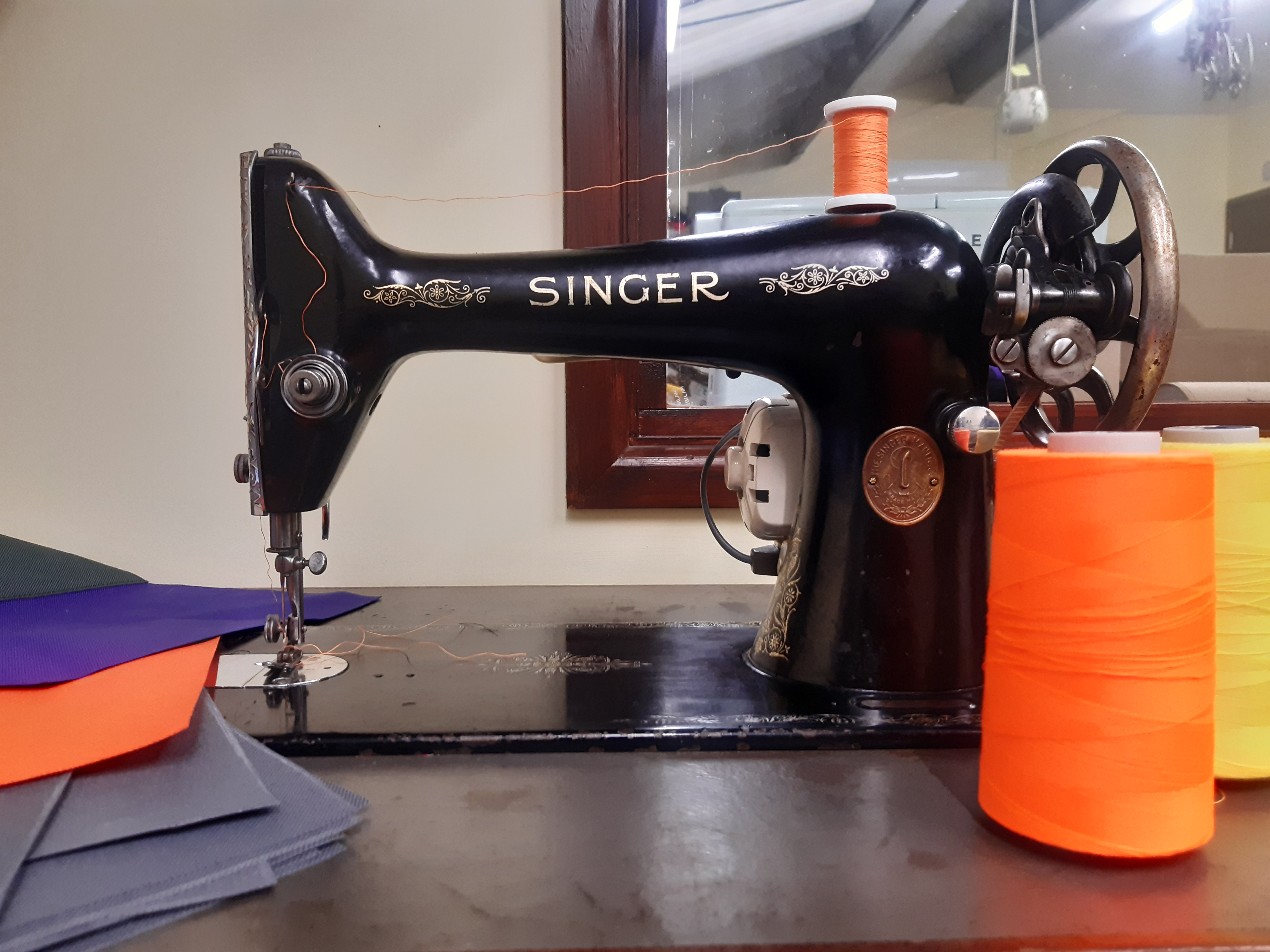
by Jake Jackson
As I’m not within walking distance to any crags/climbing gyms are shut/I can’t face another fingerboard session, I set out to build a 40-degree home board. Included is the process I used plus plenty of pictures to inspire anyone wanting to try.
Keep training, but without your mates
Ideally you want a good solid area that you can bolt the wall too. As I don’t have a garage and the pre-built shed in my garden is super flimsy, I set about building a sturdy shed, which added a considerable amount of time, money and work onto the finished build. Tips on shed building not included, you are on your own with that one.
I had multiple anchor points to begin screwing into to form the base of the wall. The width is 2.4m so lends itself to the strips of timber and ply that come from the merchant, which saved extra cutting.

I first started with the kickboard frame as this would provide a base to how I would measure the angled beams but also helps to support the board. This measured 10 inches high and is made out of 2 3×2” timber beams with 3 supports at the middle and end.
I then bolted a 5×2” (as per my mate Eddies suggestion, thanks Eddie) above the kickboard frame which would provide a sturdy timber plank to bold the 40-degree beams against. I would do the same on the roof beams too. This took a bit of fiddling to get the right angles on the chop saw!

A spirit level is your friend
I measured the distance between the first and last angled joist, in this case, I could place beams every 2 foot. You could put them closer to strengthen even more, however I only had 5 planks left! You also want to ensure there is a beam in the middle where the joins of the plywood sheets are so you can screw into it for support!

You can see the screws I used throughout the build were a mix of 4”, 5” and 6” inches long and cost about £5 a pack from my local DIY shop (Make sure to wear ear defenders when using the impact driver)

Once I had put all the vertical angled beams in (5 in total), I then put 50cm lengths in-between each beam to provide support to strengthen the entire wall. They’re slightly offset so I can get two screws into each side, in theory this helps with the strength rather than splitting the wood if you screw in at an angle (in hindsight it’s not the easiest to screw the ply too when they’re all at random points, so you might choose otherwise!)
Got to stay warm when exiled to the shed
Because I built the wall in a shed, I wanted to insulate behind the wall before I put the ply wall up! I used some ‘earth wool’ insulation. This is essentially recycled glass bottles and is apparently as eco as using sheep’s wool. I would have done this too, but my sheep are not getting sheared until May!

I built this so it would fit two 8ftx4ft plywood sheets (18mm) and I didn’t want to have to cut them, as my straight-line skills are not the best. I then screwed every foot around the edged and through the middle to secure the ply onto the 3×2” frame behind.
Spare planks of wood are your friend when moving around heavy plywood sheets, especially in a tight area. I found myself regularly using my head as well!

I had to cut some notches on the sides when I came to fit the second sheet (I did this with my jigsaw as I was slightly out on my measurement’s!) Who said they didn’t want to cut the sheets?

Keeping with my imperial measurements, as I wanted to have a ‘system board’, I drew lines at 1 foot spacing so I wasn’t guessing where I would screw the holds onto. A tip if you’re doing this is to use clamps or a light piece of wood (I used a long strip of 3×2” and my arms were aching afterwards!!).
I began to put up some holds I’d bought from a few different small online companies (all of which are exceptional quality and provide great variety).
Holds used: Silly Goat / Taylor Made / Beastmaker
Save your wood for me
When I was at the timber yard collecting the wood for the build, I saw some tulipwood batons that were really cheap. I thought these would be perfect for some footholds/crimps. From a 2.4m length I made about 40 small foot holds and 6 crimps/undercuts! Just be careful when screwing them on (they can easily crack in half)

For tips on making your own wooden holds – please read a previous post – Making your own holds
I cut two sections of 12mm ply offcuts for the kickboard. Ideally, I would have used the same 18mm like the board itself but the 12mm felt sturdy enough with the timber behind it. This measured up at 10 inches tall and 4 foot wide per sheet.

The ‘finished’ board after a few sessions of use. Overall, the build went fairly successful and was relatively straight forward to do- I hope I gave you a few tips for your planning or when you come to make a board to train on and good luck with all your training!
It won’t replace the camaraderie of your local wall but I’m sure you can put some hecklers on speaker phone to keep your psyche high.
For more wholesome climbing related stuff, follow Jake on Instagram : @jake.jacksn




















